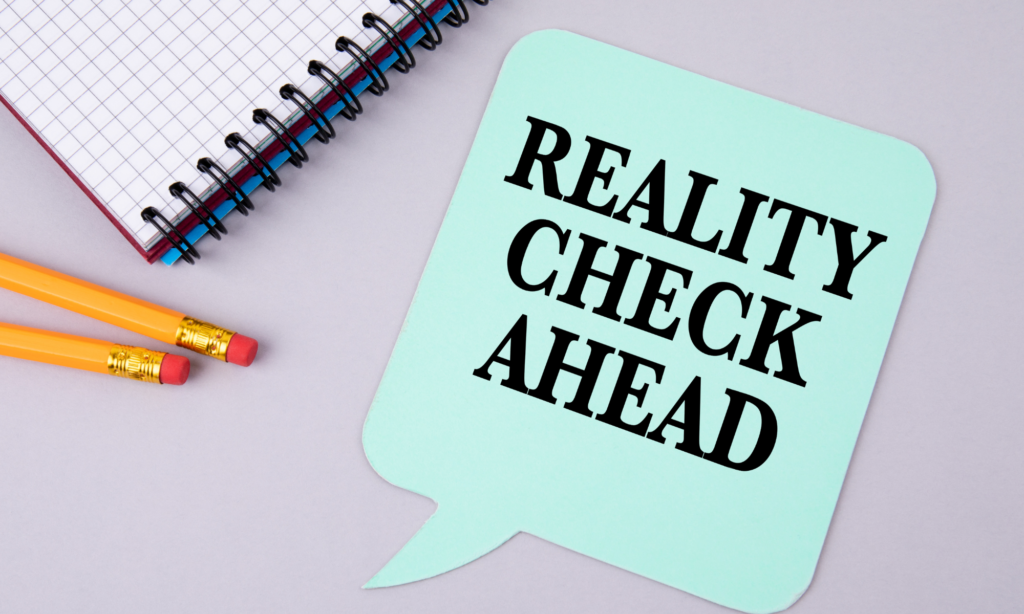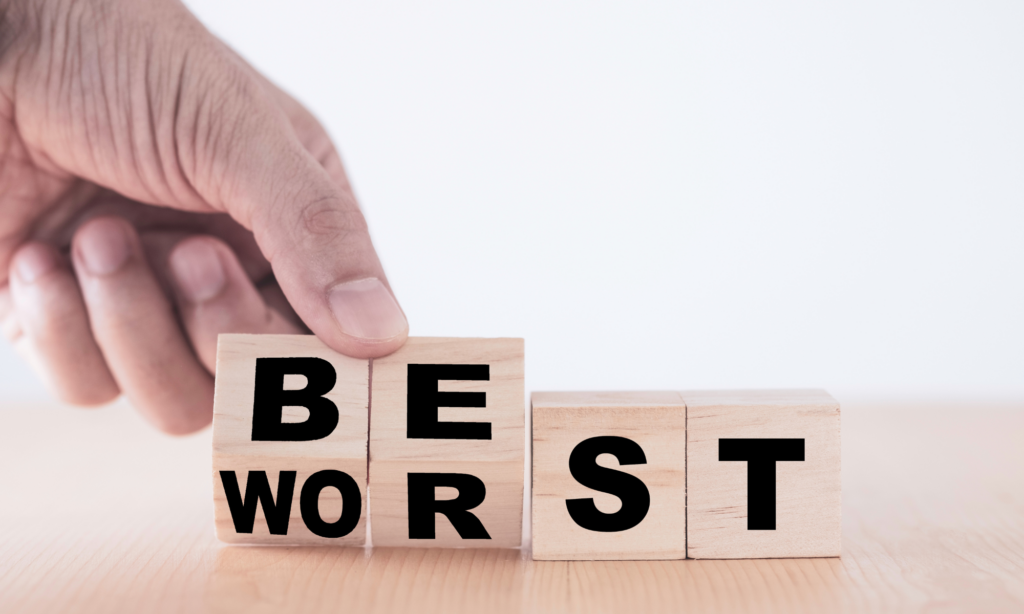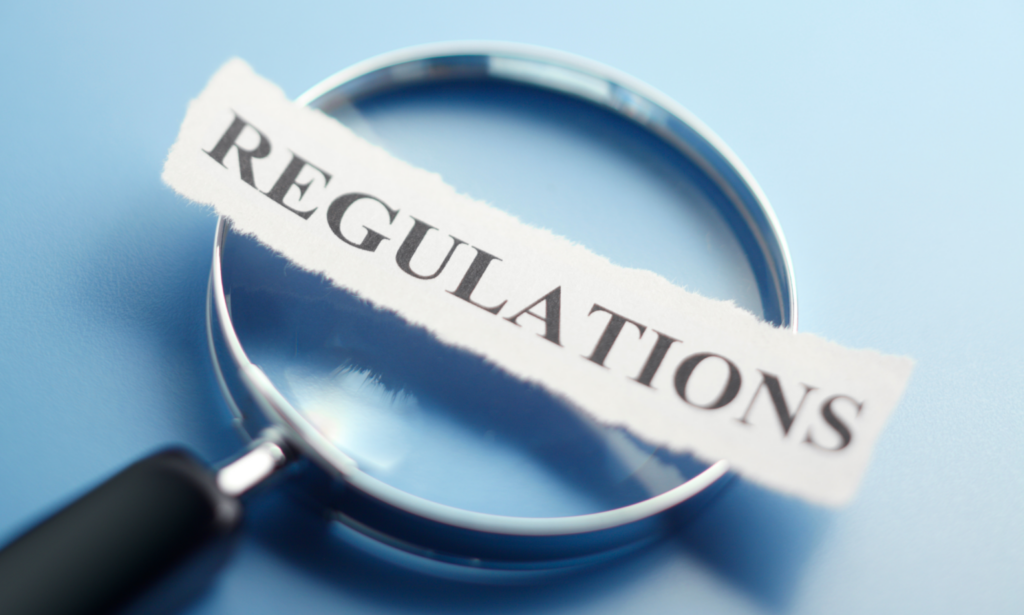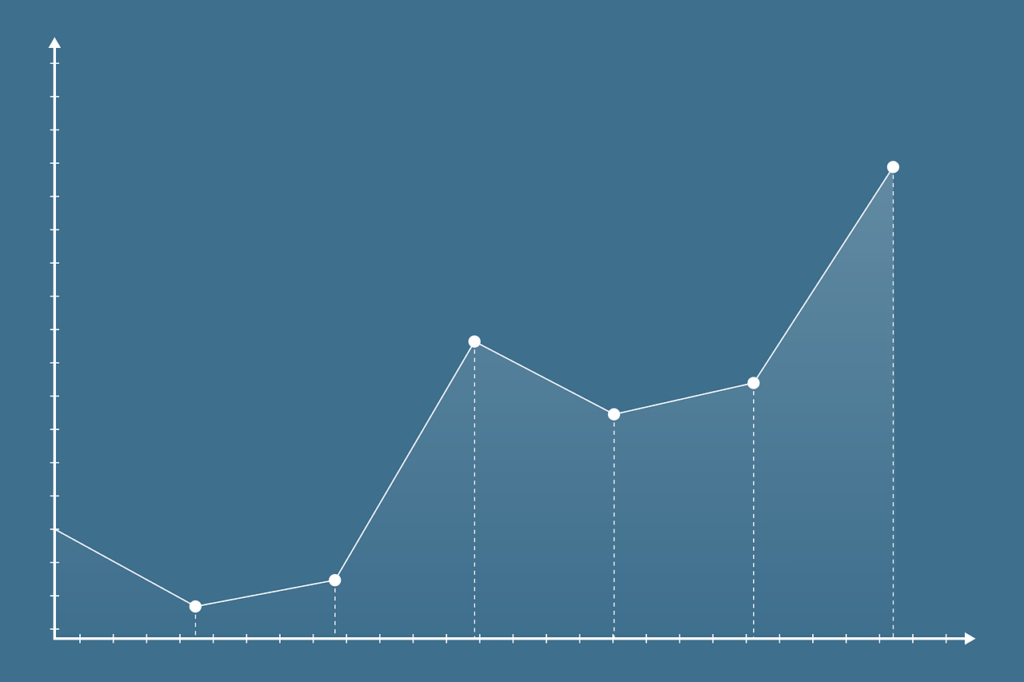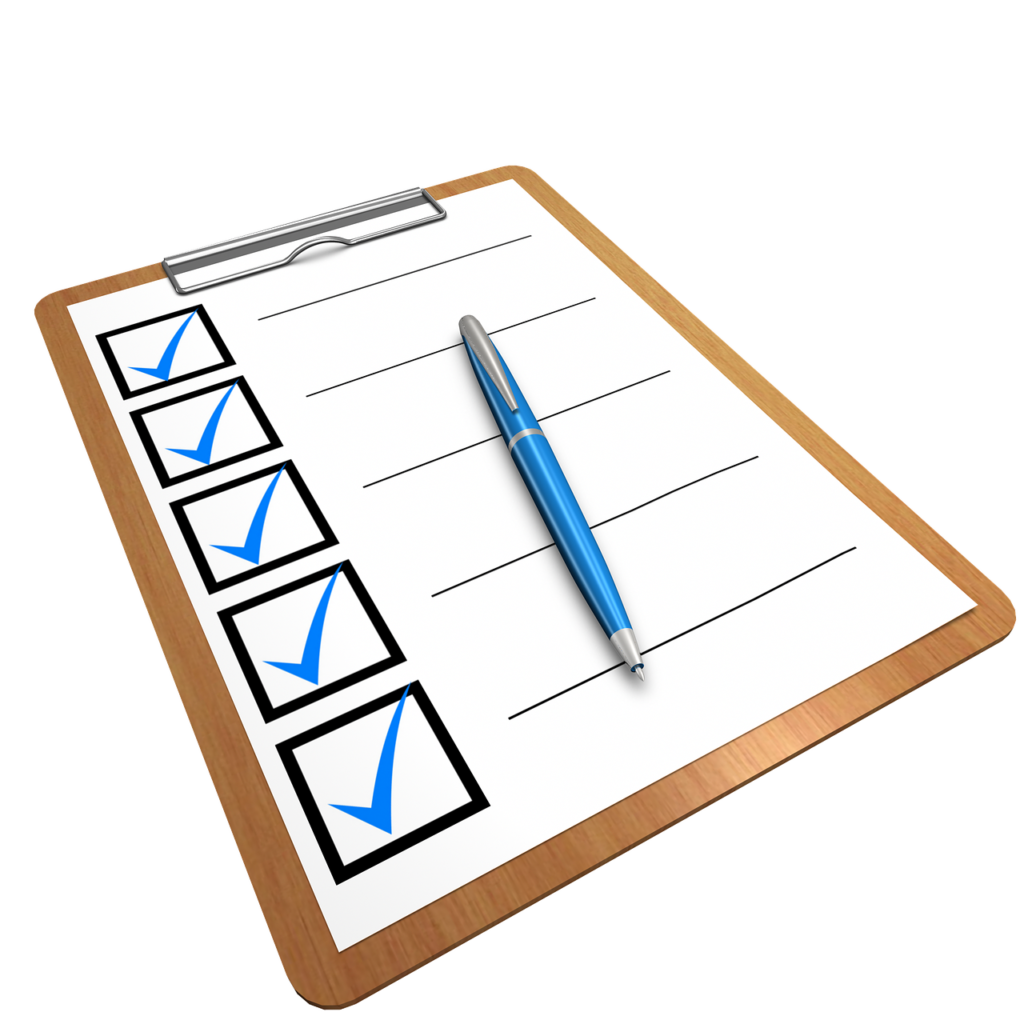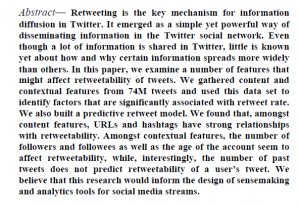Have you encountered the term Operationalization in the realm of empirical social research during a lecture or while reading a methods book?
Maybe you’ve been assigned the task of operationalizing one or more variables for an assignment or research project?
But you just don’t know what on earth all these people are talking about?
The issue lies in the fact that many university instructors are so well-acquainted with this term that they often struggle to empathize with beginners.
They use terms like variables, concepts, constructs, and operationalization without offering the fundamental knowledge that someone new to this type of work requires to understand how these things are interconnected.
In this article, my goal is to clarify these terms and elucidate, in the most straightforward language, how they are related. We will also explore what operationalization entails and how you can put it into practice with regard to variables in your own study.
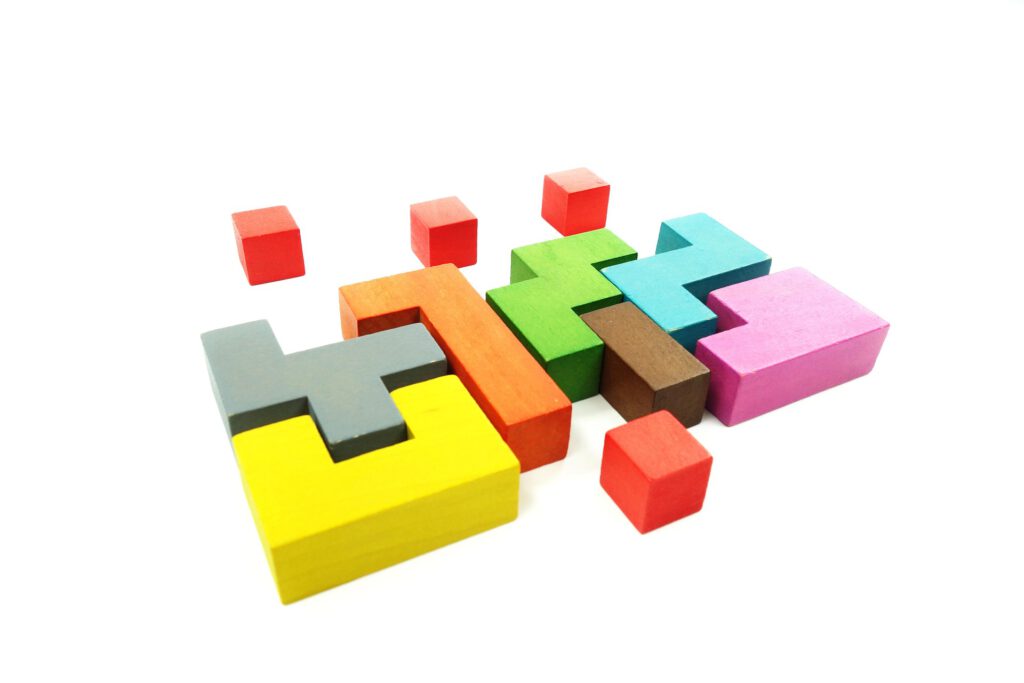
The World of Quantitative Research
In the realm of empirical social research, one of the fundamental distinctions lies between the qualitative and quantitative research paradigms.
This division finds its origins in the philosophical underpinnings of the social science, which I’ve explored in-depth in my article on Ontology, Epistemology, and Methodology.
Operationalization is an important task within the realm of quantitative social research.
The quantiative paradigm is characterized by its goal of testing theoretical assumptions, mostly through the use of statistical methods.
The bedrock of these statistical methods is grounded in quantitative empirical data, such as survey responses or the outcomes of experiments, or digital trace data.
Theoretical Building Blocks (Concepts and Constructs)
The currency of the social sciences is theory. Social science theory relies on linguistic elements, even within the quantitative paradigm. In contrast, mathematicians and physicists build their theories with numbers and equations, reflecting the philosophical assumptions and nature of these disciplines.
Social science theories require the use of ‘concepts’ as foundational elements. These concepts serve as the vocabulary employed by researchers when describing existing theories or building new ones.
Qualitative researchers tend to be more at ease with this aspect, as they enjoy crafting new concepts to enrich the theoretical landscape and to describe emerging social phenomena.
On the other hand, quantitative researchers find the conceptual level less satisfying, often considering it too ambiguous. For instance, the concept of ‘intelligence’ can have diverse interpretations. Not everybody agrees on what ‘intelligence’ means.
In the context of quantitative research, however, concepts are transformed into ‘constructs.’ Constructs are concepts made measurable. And this is what a quantitative researcher aims to do. (Döring & Bortz, 2016).
Operationalization
The process of making concepts measurable is referred to as ‘operationalization,’ and it introduces a new component – variables.
A completed construct can encompass one or multiple variables, resulting in constructs that are then called unidimensional or multidimensional.
Unidimensional Constructs
An instance of a construct that can be determined by measuring a single variable is ‘weight.’ If we can measure weight in kilograms using a scale, then assessing the construct ‘weight’ is relatively straightforward.
Multidimensional Constructs
However, many other constructs that researchers aim to measure are more complex.
For instance, the construct ‘intelligence’ cannot be assessed through a single variable. To make assertions about intelligence, researchers may consider variables such as ‘abstract thinking,’ ‘communication skills,’ ‘learning,’ ‘problem-solving,’ and more.
During the operationalization of a multidimensional construct, researchers must decide which variables are relevant to the concept and which ones should be included in their study.
Conversely, it is important to note that a single construct can be operationalized in various ways. For example, a study that solely employs the IQ variable to measure intelligence might face criticism, because intelligence involves more than just the result of an IQ test.
At the same time, even if a researcher picks a handful of variables to measure ‘intelligence,’ another researcher might pick 5 other variables, for example.
Measurement Instruments
In the realm of quantitative research within the social sciences, researchers often rely on a method called ‘items’ or ‘item batteries’ for data collection.
These item batteries consist of pre-designed sets of questions that can be incorporated into a questionnaire.
Researchers can either create their own item batteries or utilize existing ones from the literature.
If you are new to all of this, I would suggest the latter option. Many experienced researchers have already put in the effort to test and evaluate these item batteries.
This also means that you can measure a single variable in various ways.
For instance, if you intend to measure ‘abstract thinking,’ there might be multiple item batteries or scoring systems provided by different authors to consider.
In the process of operationalization, it is crucial to make well-informed selections and provide strong justifications for your choices.
You must consider what different batteries cover and which measurement instruments are widely accepted within the research community.
One indicator of this is the number of citations for the publication where the measurement instrument is made available.
Additionally, the quality of operationalization can be assessed by examining the reliability and validity of the measurement instruments.
If you’d like to delve deeper into this topic, take a look at my tutorial on Reliability, Validity, and Objectivity.
Beyond item batteries for surveys, there are various other methods of operationalization. The core principle remains the same, even if your method involves other types of data collection.
In any case, it is essential to engage with the existing literature and determine how you can gain meaningful insights about the variables you are interested in.
Theoretical Assumptions (Propositions and Hypotheses) for Operationalization
To complete this tutorial, we must address the following question:
After identifying your measurement instruments and conducting your analysis, what comes next?
In addition to the theoretical building blocks, which are your constructs, there are the connections or relationships that hold them together.
In quantitative research, the goal is not necessarily to discover new building blocks, but to provide insides about the relationships between them.
Theoretical relationships are tested by identifying causal relationships (primarily based on experiments) or correlational relationships (e.g., through surveys). These relationships are typically assessed for statistical significance.
Theoretical assumptions guide what should be tested. These assumptions are derived from the existing literature.
In this context, propositions are assumptions about how concepts are related, while hypotheses are assumptions about how measurable variables or constructs are related.
When formulating hypotheses at the start of your study, you are not only selecting the theoretical building blocks (e.g., Variable A and Variable B are relevant) but can also make predictions about their relationship (e.g., Variable A positively affects Variable B).
For more information on hypotheses, you can refer to my other tutorials on hypothesis development.
Conclusion on Operationalization
If you now have a basic understanding of what operationalization entails, this video has fulfilled its purpose. However, it’s crucial to delve further into this topic. As the next step, I recommend reading a methods book. A good starting point is Discovering Statistics by Andy Field.

